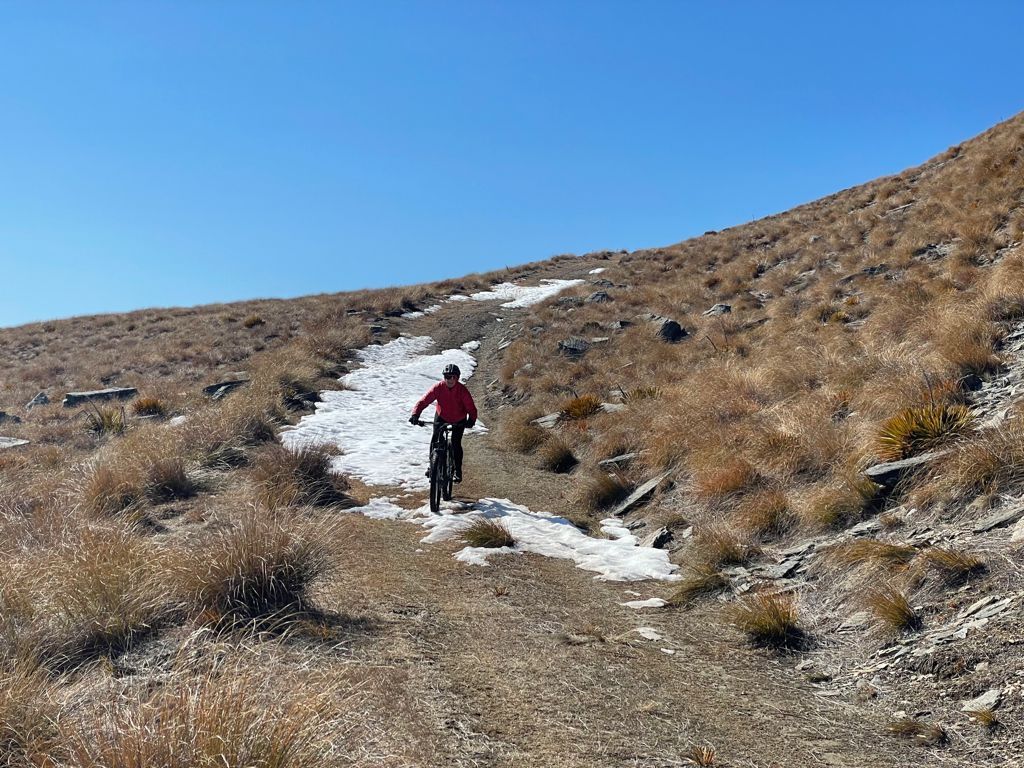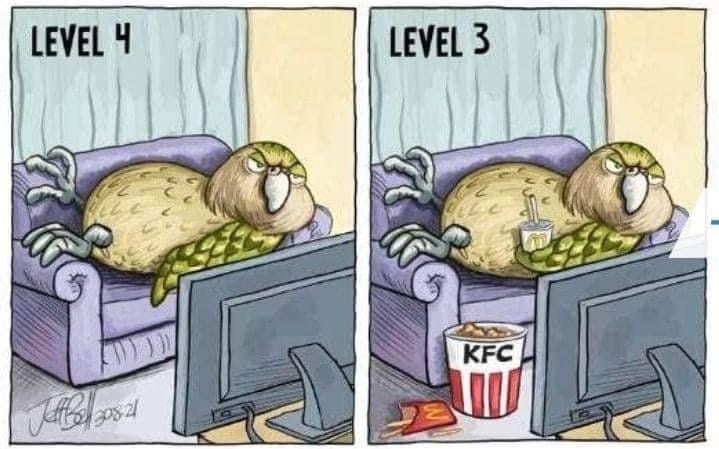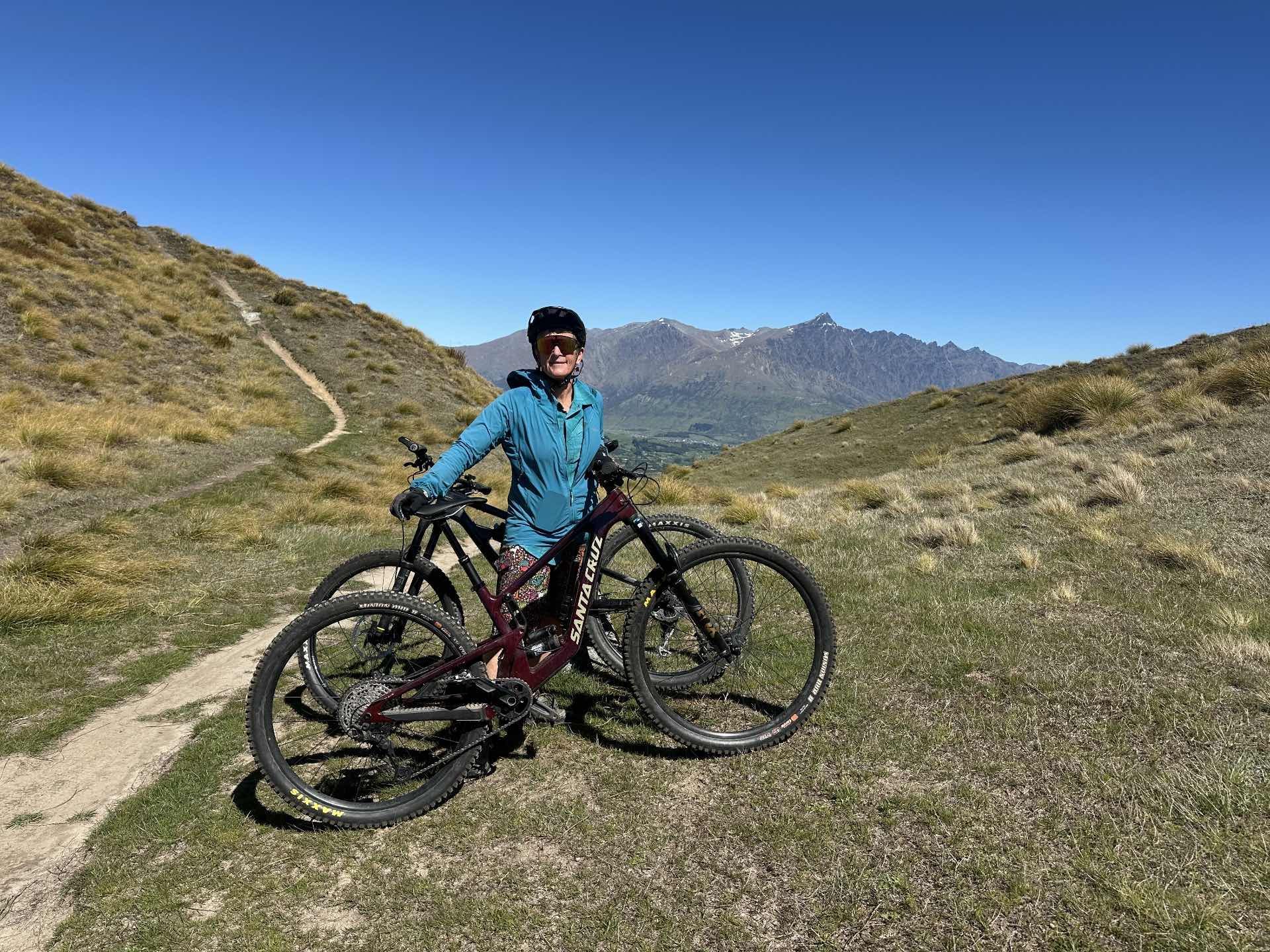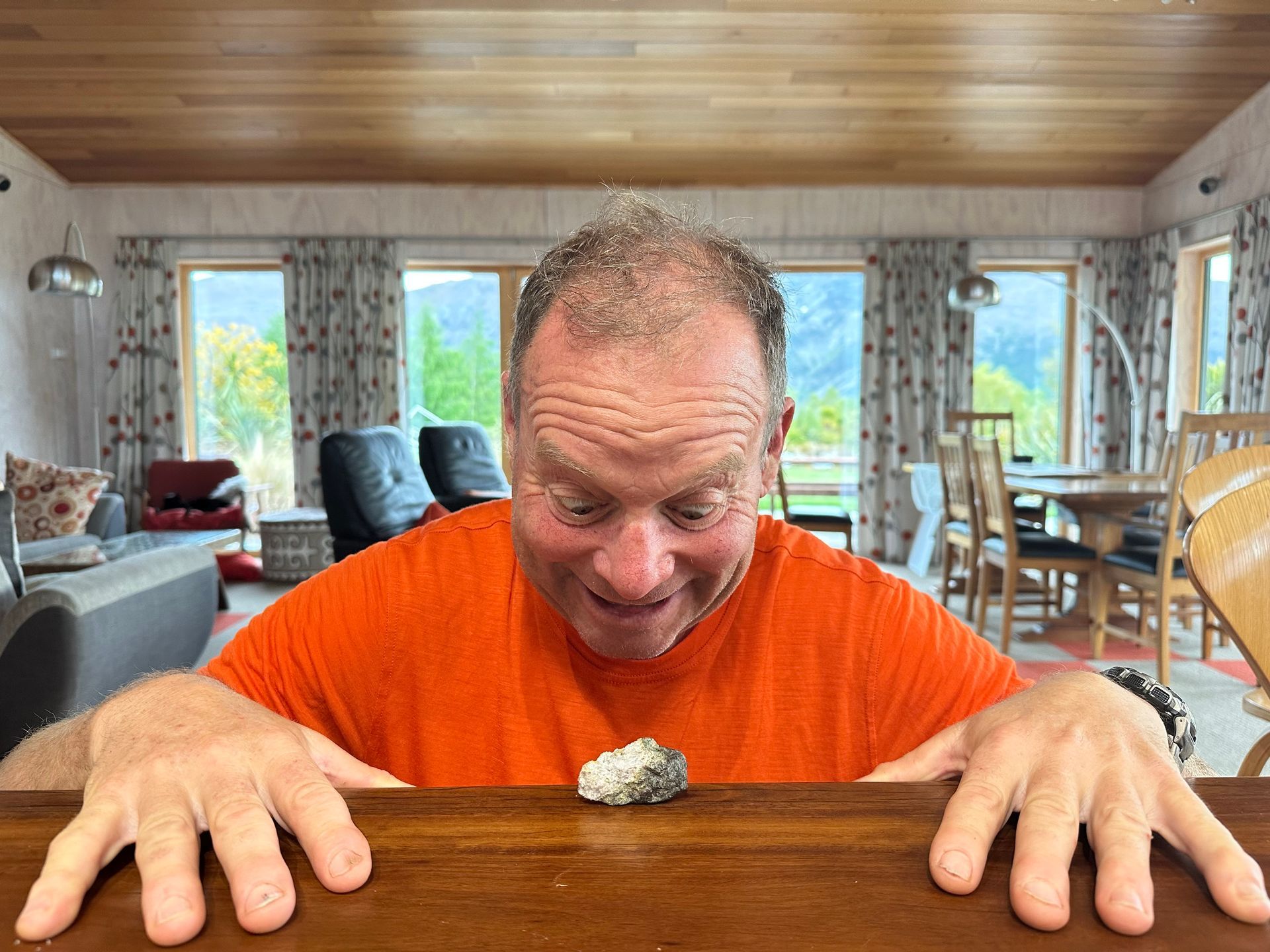Level 3 treats

People were asking me yesterday what sort of treat I would like once New Zealand, other than Auckland and Northland regions, today reached the coveted status of COVID Alert Level 3. My answer was, a different place to exercise. The Level 3 rules allow day walking in the conservation estate (where Level 4 was ‘close to home’) and mountain biking of level 2 trails. We are lucky enough to have quite a few level 2 trails that we can bike from home, so go cycling is what we did. We saw one other cyclist briefly, so COVID transmission risks remained very low.
For a lot of people who don’t live in rural parts of New Zealand, the main sort of treat available at Level 3 is takeaway food. While takeaway food seems like a treat, should you be getting a takeaway, or going for a longer bike ride? There was an interview on RadioNZ yesterday with a US researcher called Herman Pontzer from Duke University, who has made some revelatory findings on human metabolism in relation to the amount of exercise we do which suggested that the answer could be, if it’s obesity that is on your mind, do neither!
What Pontzer and his colleagues have found is, the amount of exercise of most human beings has little relationship with the amount of energy we burn on a daily basis (measured as numbers of kilojoules or calories). What? How can that be? We are assailed constantly with information telling us to exercise more in order to be healthy and stay an appropriate weight! According to Pontzer, exercise critically contributes to ‘being healthy’ but contributes very little to ‘appropriate weight’.
Key findings of Pontzer’s group made were through observation of the Hadza people of northern Tanzania who are hunter-gatherers. Pontzer was interested in studying the metabolism of these people, in comparison to humans from the ‘developed’ world, because the assumption has been made that humans have got more obese as they have done less exercise (and he liked going camping with them). Therefore Pontzer expected a clear difference between the amount of energy used by the Hadza, who have extremely active lives gathering food or hunting all day, and normal Americans or Europeans who do way less physical activity on a daily basis. Their finding was…that all men burned around an average 2600 calories a day and women an average 1900 calories a day, no matter which location or activity.
The energy burned differs somewhat between individuals and it is noticeable, in the picture below, that Western males are significantly bigger than Hadza males, with a presumably related slightly higher average energy expenditure. I also notice that the proposed average for Western females on the graph looks too low, compared to the mass of data points. However, what it looks like is that Westerners generally expend more energy on a daily basis than the Hadza, who are out there exercising about 10 hours a day, every day of the week.

Although this finding runs counter to general popular wisdom, it didn’t come as quite so much of a surprise to the scientists. There had already been similar findings in Guatemalan, Gambian, and Bolivian communities showing that farmers and city dwellers have similar energy expenditure. Rural Nigerian women have similar expenditure to African-American women in Chicago, despite large differences in activity levels. There have been similar findings from primates – animals in the wild and captivity expend the same number of calories a day. Interestingly, humans have much higher levels of energy expenditure than other primates. This is another line of research of Peltzer’s team, in which they hypothesise that humans have evolved to burn more calories in association with developing bigger brains and having long life spans – energy costly activities.
A study in detail of humans called ‘Modeling the Epidemiological Transition Study’ has tracked the daily physical activity and metabolism of 300 participants. Couch potatoes expend about 200 fewer calories each day than moderately active people (those who get some exercise during the week and make a point of taking the stairs). 200 calories is one avocado, 3 eggs or one glazed donut. More importantly, the study found that energy expenditure plateaus at higher activity levels – people with the most intensely active daily lives burn the same number of calories as those with moderately active lives. No extra avocados just because I did a big bike ride today!
So what is going on here? What are inactive people doing with all their ‘spare’ energy? One possibility is that people with higher activity levels are more efficient in how they behave; however the researchers found that Hadza adults and Westerners both use the same amount of energy to walk a kilometre. Another possibility is that an active body reduces calories spent on unseen cellular tasks – at the extreme, lab animals have fewer ovulatory cycles and slower tissue repair. Physical activity reduces the amount of inflammation seen in people’s tissues; it is possible that inactivity can lead to overactive cells doing things that are actually harmful to the body. From my reading of the documents easily available, the answer is Pontzer doesn’t yet know how come inactive people use similar amounts of energy to active people.
One important conclusion is that obesity is an imbalance between calories in and calories out, with amount of exercise having little to do with the matter. If you take in more calories than you use, you store them as fat. I note here that Pontzer is wanting to extend his research into younger and older people (over 60, when cellular processes start to slow down) to understand energy balances at different points in life. It is quite clear that teenagers, particularly males, can eat huge amounts of food without storing excess as fat – clearly something different is going on there.
This doesn’t mean that exercise is optional. Exercise has lots of well documented health benefits, including on heart/lung function, brain function, bone mass and healthier ageing. It does mean, however, that a moderate amount of exercise is good enough to gain the benefits, while higher levels of exercise won’t make you thinner and might take energy away from other essential cellular functions.
What this research also means is that the easy availability of massive amounts of highly processed foods in Western lives is a disaster. No amount of exercise is going to counter such foods, which contain high amounts of easily available energy. Sugar and fats are deliberately added to processed food to make them addictive. Hunter-gatherer people need energy to escape the few natural predators of humans that remain in the wild. Perhaps city dwellers need to focus on exercise, not to lose weight, but to run away from processed food as fast as possible!






